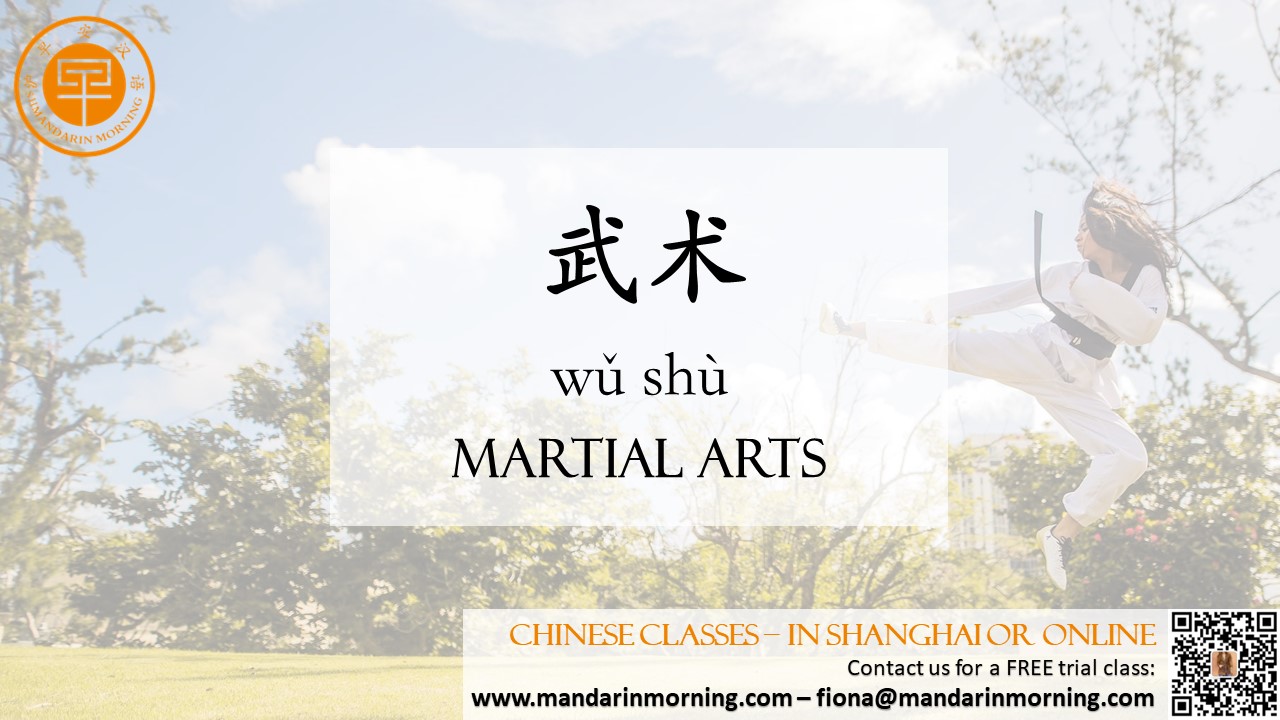Today, there are hundreds of different styles of Chinese martial arts. Various classification schemes have been proposed to help categorize them. Internal versus external One common way of classifying Chinese martial arts is by separating them into external styles (外家拳 wàijiāquán) and internal styles (内家拳 nèijiāquán). External styles focus on developing agility and physical strength, while internal styles focus on manipulating qi (气 qì) and cultivating the mind and spirit. Many of the philosophical ideas espoused by Taoism are applied by practitioners of internal martial arts styles. The most popular internal style of Chinese martial art is Tai Chi, also called Taiji (太极拳 Tàijíquán) while the most famous style associated with the external style is Shaolin Kung Fu (少林功夫 Shàolín Gōngfū). The internal versus external classification is a popular one that has been used since 1669 CE. It remains somewhat controversial, however, with some experts arguing that there is actually no difference between the two due to the fact that every style includes some mix of “internal” and “external” elements. Northern versus Southern Another common way to classify Chinese martial arts styles is by geographical region. There are many notable differences between northern and southern China. Not only is this true when it comes to food, the arts, architecture, and language, but it is also true of martial arts. Martial arts from northern China are referred to as 北派 (běipài) and include well-known schools such as Baguazhang and Bajiquan. Northern styles are known for incorporating high kicks and acrobatic elements. Southern martial arts styles are called 南派 (nánpài) and place more emphasis on arm and full-body movements. Other classification schemes There are several other ways to classify the Chinese martial arts. Some of these classification categories overlap, so that a single style may belong to more than one category. Other popular classification styles that are sometimes used are based on religion, history and family. |